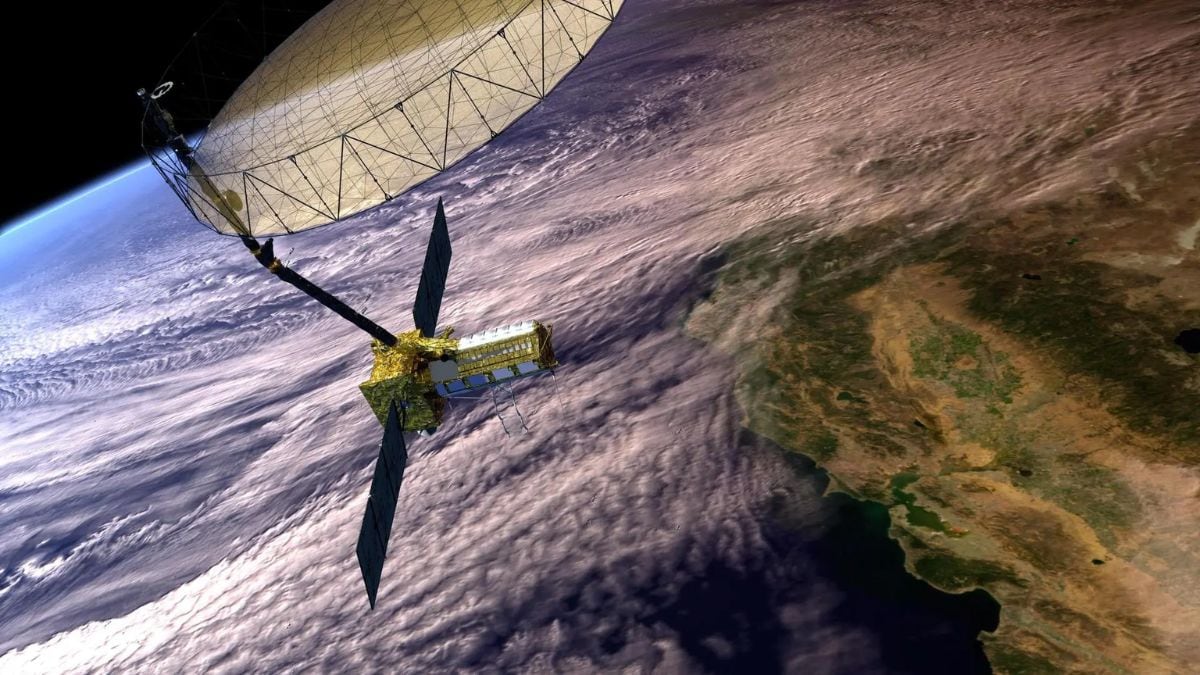
NASA’s NISAR Earth-observing satellite tv for pc (idea picture proven) will carry a complicated dual-band radar system to map Earth’s land and ice in 3D. NASA will host a information convention at 12 p.m. EDT on Monday, July 21, to preview this mission and its science goals. The NISAR satellite tv for pc is a first-of-its-kind collaboration between NASA and India’s ISRO and is designed to ship unprecedented 3D views of Earth and detect actions right down to the centimeter. Launch is focused for no sooner than late July from ISRO’s Satish Dhawan Area Centre in Sriharikota, with NASA’s Jet Propulsion Laboratory streaming the briefing reside on-line.
Mission Overview
According to NASA, NISAR (NASA-ISRO Artificial Aperture Radar) is an Earth-observing satellite tv for pc being developed collectively by NASA and India’s ISRO. For the mission {hardware}, NASA’s Jet Propulsion Laboratory (JPL) offered the L-band radar and key electronics, whereas ISRO contributed the S-band radar, spacecraft bus and launch car. The satellite tv for pc carries these twin radar techniques to systematically map the planet’s land and ice surfaces. Utilizing artificial aperture radar (SAR), it’ll scan almost all land and ice twice each 12 days. Managed by JPL, NISAR is about to elevate off from ISRO’s Satish Dhawan Space Centre in Sriharikota no sooner than late July 2025. After deployment, it’ll orbit Earth recurrently, relaying high-resolution radar imagery for scientists worldwide.
Superior Radar Know-how and Functions
NISAR will make centimeter-precise measurements of Earth’s floor dynamics. Its dual-band radar design is essential: the L-band radar (25 cm wavelength) can penetrate vegetation and soil, whereas the shorter S-band (10 cm) is extra delicate to superb floor particulars. Every frequency’s return reveals totally different options — moisture ranges, floor roughness and movement. Mixed, they’ll detect tiny elevation adjustments throughout vast areas, serving to scientists monitor pure hazards and environmental change.
For instance, NISAR knowledge will map floor deformation earlier than and after earthquakes or volcanic eruptions. And since the radar can see via clouds, will probably be invaluable for catastrophe response, mapping floods and storm injury even throughout hurricanes or heavy rain.
